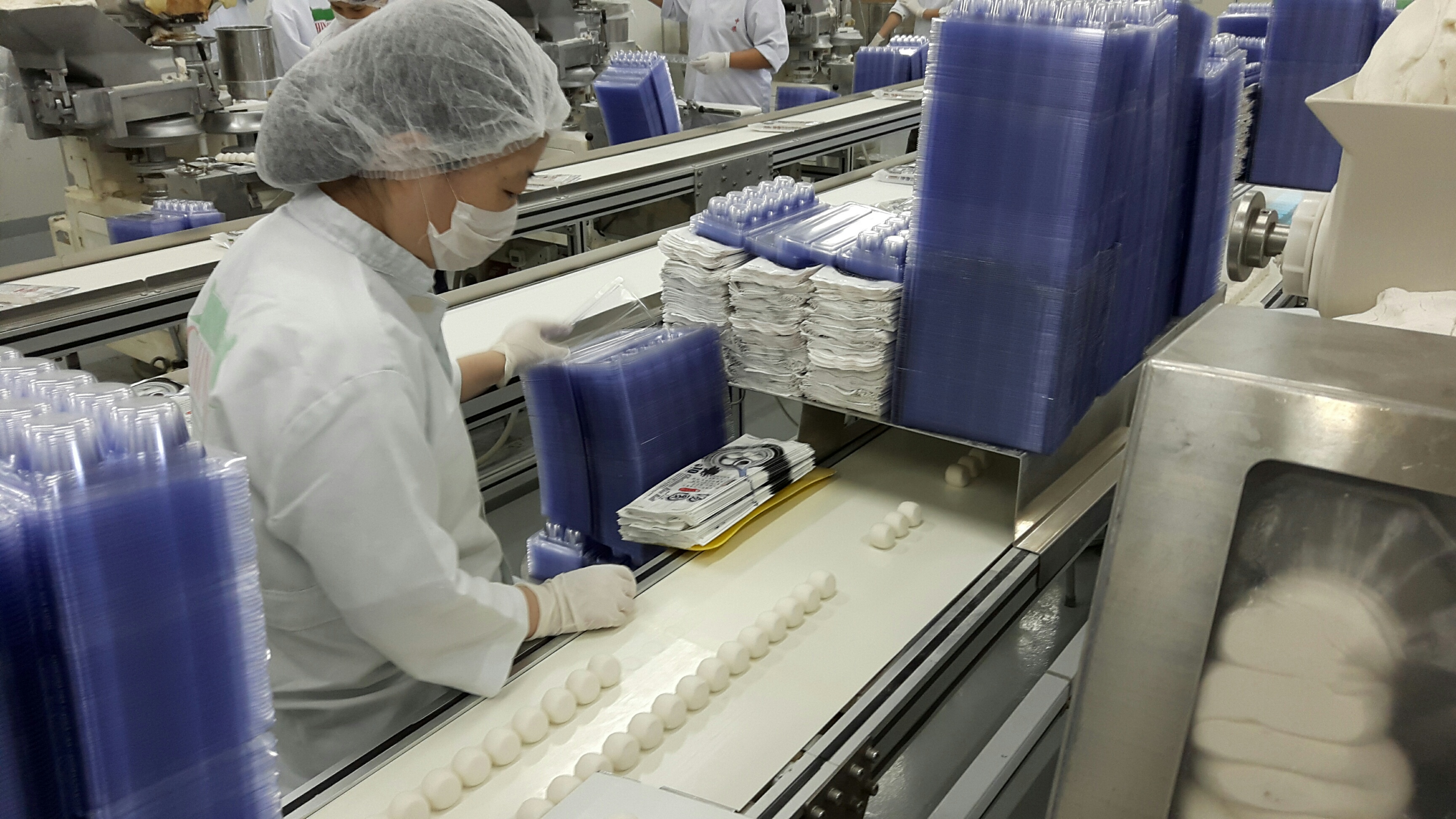SINGAPORE: Imagine bringing a design picture to a nail salon, and having it replicated in three-dimensional nail art.
That is what Exquisite Nails Spa, a salon that has been operating for more than 15 years, is looking to do. It is currently testing designs such as flowers, butterflies and even a dragon.
The salon’s managing director, 39-year-old Edwin Choo, said he intended to branch into small-scale manufacturing, and planned to put the 3D nail art up on the salon’s e-commerce platform, where other nail salons could place orders.
Mr Choo’s salon is one example of how small- and medium-sized enterprises (SMEs) in Singapore are turning to technology to keep their businesses afloat amid a slowdown in manufacturing in recent years.
Industrial production fell to negative 5.1 per cent in 2015, and remained in contraction for 14 straight months until August this year. While manufacturing has seen a slight rebound in September and October this year, growth has been modest.
REDUCING RELIANCE ON MANPOWER, INCREASING OUTPUT
UOB economist Francis Tan said the structural issues the manufacturing sector faces are even more worrying than its slowdown in growth.
“The cost base of some of our manufacturing clusters is still relatively high and a large part of it is due to labour,” he explained.
Data from the Ministry of Trade and Industry show that labour costs form 19.9 per cent of total costs for large enterprises. The number is higher for SMEs, which make up 99 per cent of Singaporean enterprises, at 31 per cent.
A spokesperson from the Singapore Manufacturing Federation said SME manufacturing companies are traditionally labour intensive, and could be slow to change because they are too bogged down by day-to-day operations to identify future growth areas or are not willing to collaborate with other local companies.
Innovation can not only help companies reduce their reliance on manpower, it can also help them increase output and go on to expand to overseas markets.
Chinatown Food Corporation, for example, has increased its freezing capacity by 45 per cent by spending about S$1.5 million since 2014 to automate more of its processes.

Staff of Chinatown Food Corporation packing its signature product, frozen glutinous rice balls. (Photo: Alice Chia)
It now works with more than 80 companies to distribute its products in new markets such as Myanmar and China.
Chinatown Food Corporation Managing Director Sunny Koh said that the international market was important for any medium-sized company that was looking to automate.
“When you adopt automation, the capacity is there. I don’t think Singapore can absorb all the capacity that you are going to produce,” he said.
OVERCOMING THE FINANCIAL BARRIER
Despite the potential benefits of adopting new technologies, the cost can be a deterrent for many smaller firms.
The Singapore Centre for 3D Printing, which is collaborating with Exquisite Nails Spa on its nail art project, estimated that it had worked with around 20 large firms. In comparison, it had worked with just over 10 SMEs since its launch in 2014.
The centre’s executive director, Professor Chua Chee Kai, said this was because smaller firms were financially weaker.
According to Prof Chua, a 3D printer for industrial production may cost between S$800,000 and S$1 million. “The technology is possible for many things, but sometimes it’s just not cost-effective to jump right into 3D printing,” he added.
Schemes SMEs can tap on to help defray the costs include the Government’s S$5,000 Innovation and Capability Voucher, which can be used to subsidise the costs of projects to improve productivity, as well as the Capability Development Grant, which covers up to 70 per cent of project costs.
However, Prof Chua said only one of the SMEs he had worked with had applied for the grant. The executive director said he hoped more “forward-looking” owners would take advantage of such schemes.
“I truly want to see more SMEs moving to start up their own new capabilities, making 3D printing a new growth engine for Singapore,” he added.
MAKING MEANINGFUL PARTNERSHIPS
Beyond technological innovation, another way SMEs can grow is by forging meaningful partnerships.
Guoxin Manufacturing, for example, used to produce only metal parts for furniture like tables and wardrobes. In 2010, it decided to partner a company that makes plastic parts to increase its output, and now it produces parts with both metal and plastic components for customers of both companies.
The company’s managing director, Mr Richard Foo, said the partnership with a firm that had a different niche market allowed Guoxin to improve its business and grow in the region.
Mr Tan, the UOB economist, urged more SMEs to set up such partnerships as well as to network.
“A lot of SMEs today are working in silos. They are working on a day to day basis, trying to fill up their orders or in fact trying to do more sales, trying to find more new orders. That’s tough because we’re seeing slowdown in the global demand,” he said.
A spokesperson from the Singapore Manufacturing Federation concurred. “The local market is simply not big enough and the business costs are too high for our manufacturers to compete to produce the same component,” the spokesperson said.
“SMEs must collaborate and utilise economies of scale not just for market reach, but also in terms capacity sharing or building.”





